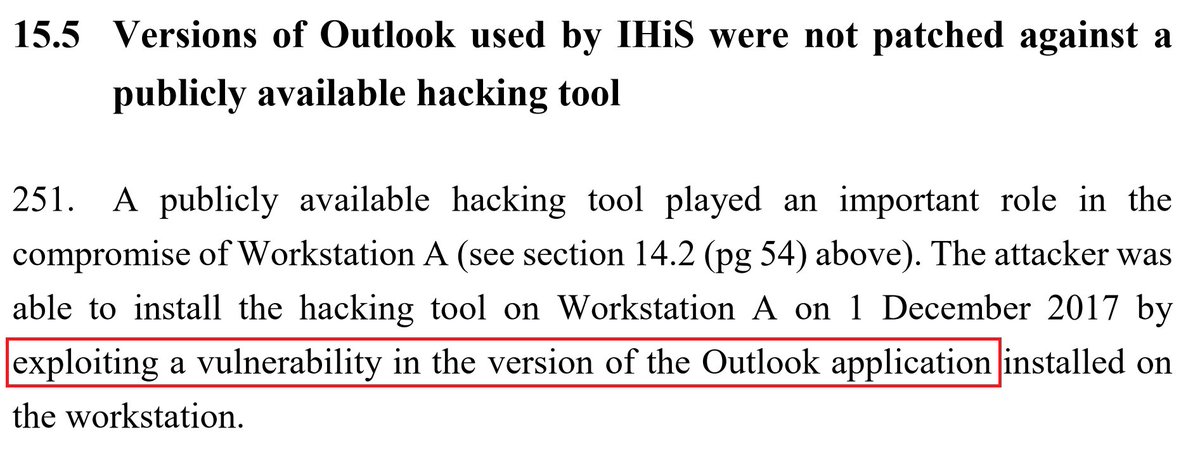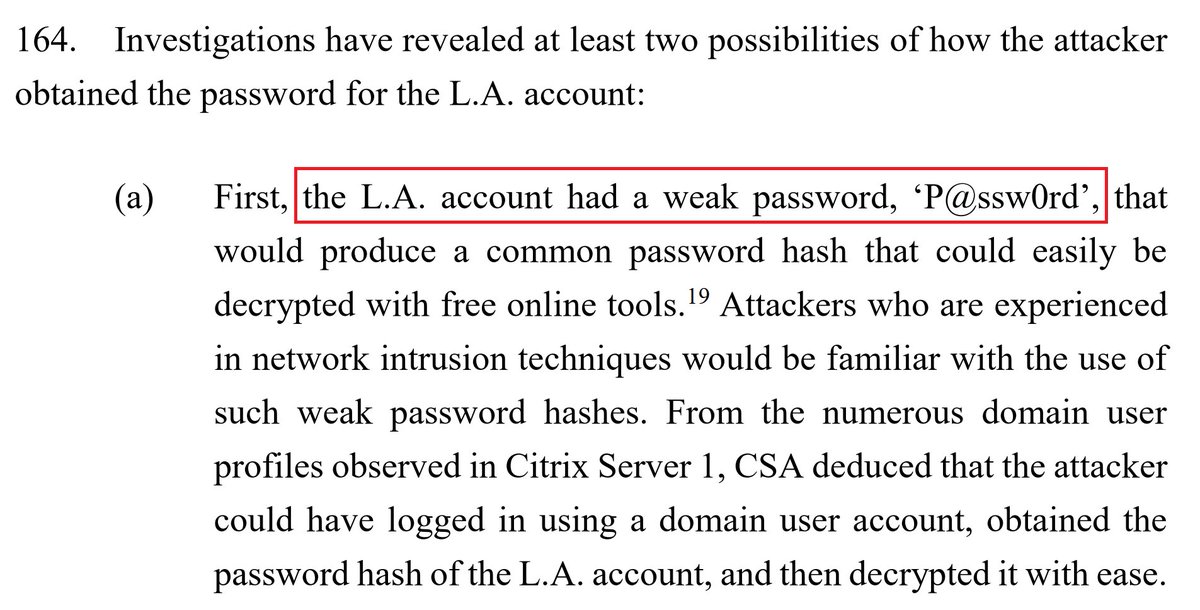
Here's my top 10 big "unattributed" #APT mysteries:
1. Project TajMahal: securelist.com/project-tajmah…
2. DarkUniverse - securelist.com/darkuniverse-t…
3. PuzzleMaker - securelist.com/puzzlemaker-ch…
4. Project Sauron (also known as "Strider") - securelist.com/faq-the-projec…
5. The 'New self‑protecting USB trojan able to avoid detection' from @ESETresearch -
welivesecurity.com/2016/03/23/new…
welivesecurity.com/2016/03/23/new…
6. White Tur (Kaspersky name: TENSHO) from PwC - pwc.com/gx/en/issues/c…
7. PlexingEagle - conference.hitb.org/hitbsecconf201…
8. SinSono - theverge.com/2021/10/6/2271…
9. AcidBox from PaloAlto (Kaspersky name: MagicScroll) - unit42.paloaltonetworks.com/acidbox-rare-m…
What's in your top 10?😉
• • •
Missing some Tweet in this thread? You can try to
force a refresh






